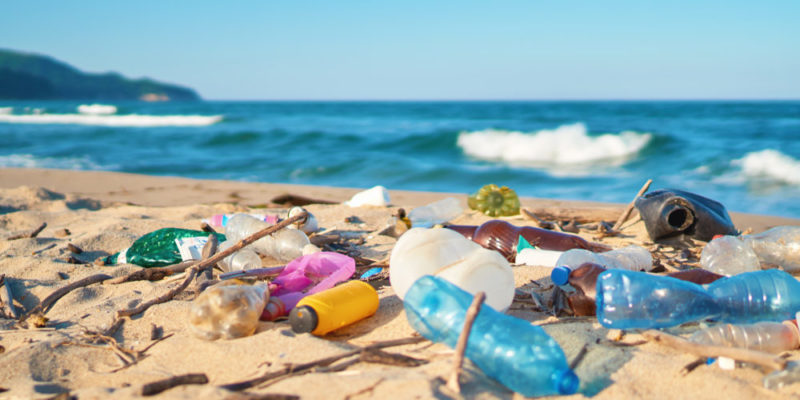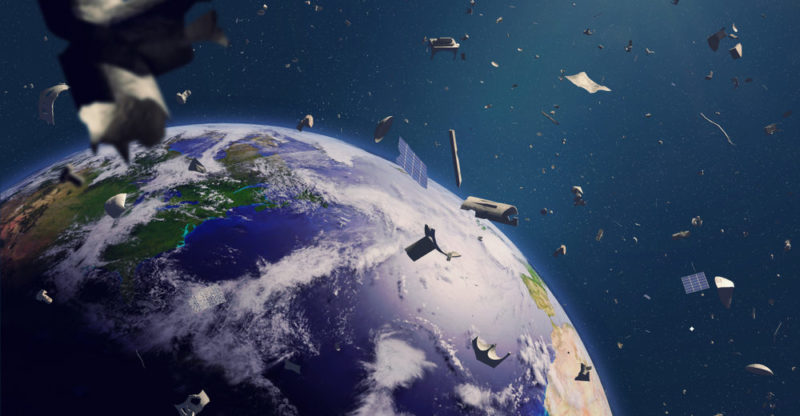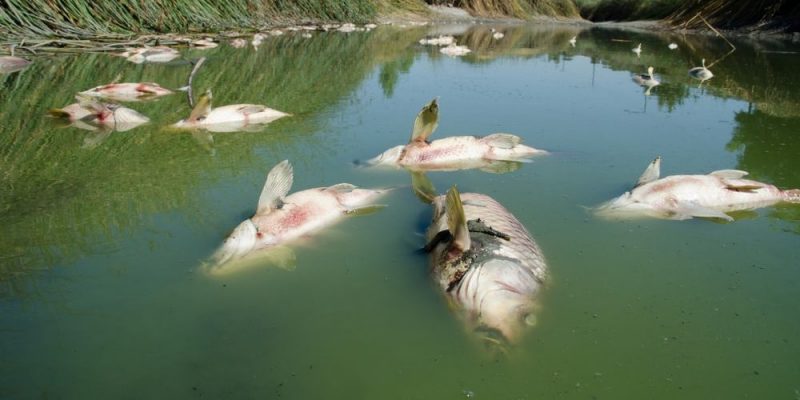We explain what environmental pollution is and what its causes and consequences are. In addition, its characteristics and classification.
What is environmental pollution?
By environmental pollution or simply pollution is understood the deterioration of the chemical, physical or biological balance of the various ecosystems that make up the environment , due to the introduction of harmful or disruptive substances or energies called pollutants .
It is always a negative environmental effect , which is generally due to human factors such as industry, energy technology or the disposal of household waste, among many others.
Furthermore, the short-, medium- and long-term effects of pollution are notorious and often lead to disease, mass extinctions, climatic imbalances and many other destructive consequences for man and life in general.
Water contamination

Water pollution is a major factor in the modern world as rivers , lakes and seas are often daily repositories of waste substances from our homes, our industries and our urban way of life.
Many economic activities dump their by-products in the sea or on land , from where they are washed out to sea by the rain .
Air pollution

Another of the main forms of pollution, which responds directly to the energy industries and the massification of combustion engines in the contemporary world, is that of the air .
It consists of throwing gases into the atmosphere, denaturing its proportion of suspended matter and thus reducing its purity, and also carrying toxic or harmful materials into the air.
Land pollution

The earth is not immune to pollutants either. The accumulation of garbage that destroys the nature of the soil and the chemical substances that poison it, are part of the most frequent polluting actions.
The mining (legal and illegal) is a major source of contaminants from the soil , to the same as the pesticides used in crop and other residual substances.
Pollution transmission
Despite being studied separately, pollution environments (air, water, land) are never separate and isolated phenomena but permeable: pollution is transmitted from one to another.
For example, soil pollution can be transmitted through rivers and groundwater to lakes and seas, air pollution can be transmitted to rivers and seas through the hydrological cycle ; etc.
Causes of pollution

Pollutants are diverse in nature, but broadly speaking we can talk about:
- Industrial chemicals. Waste substances or by-products of the various industrial processes and transformation of materials that, when dumped on land or sea, alter their chemical balance.
- Greenhouse gases. Vapors and gaseous emissions of substances that lodge in the atmosphere and prevent the exit of thermal radiation, producing a greenhouse effect and increasing world temperature . Many of them also destroy the ozone layer .
- Toxic material. Radioactive, toxic or poisonous elements, capable of inducing diseases and causing genetic mutations.
- Non-biodegradable garbage. The plastics and other materials derived from the oil have virtually endless cycles of biodegradation but are abundant in the garbage we produce daily. These materials are capable of killing animals and plants and unbalanced ecosystems .
Other forms of contamination
It is also often spoken of sonic, electromagnetic and even light pollution , to refer to the intrusion of sounds , electromagnetic waves or light emissions in certain environments other than them, whose pernicious effects on animal and plant life are documented.
Types of pollution

Depending on the extent of your source:
- Punctual. The polluting focus is easily delimitable and locatable at a point in geography .
- Linear. The source of the contamination runs along a line or stream.
- Diffuse Pollutants reach the environment in a dispersed, multiple or varied way, and act in a complex way.
- Aquifer or water. It occurs when foreign or harmful substances are incorporated into the water of seas, rivers, lakes and lagoons, and even into the underground water deposits.
- Terrestrial or ground. It occurs when foreign or toxic substances are spread through the soil, altering its physical and chemical properties.
- Air or air. It occurs when gases and solids in suspension are dispersed in the planet's atmosphere, deteriorating the quality of breathable air and often generating other types of contamination, such as acid rain .
According to the type of pollutant:
- Chemical contamination. When the invasive substances are industrial waste, toxic or compounds that alter the chemical (and therefore biological) properties of the environment.
- Radioactive contamination. This particular type of contamination occurs in the presence of radioactive materials, that is, those that release ionizing particles capable of generating mutations or inducing cancer in living beings .
- Thermal pollution . It occurs in the presence of substances at high or very low temperatures, which affect the environment where they are disposed of.
- Noise pollution . It is produced by constant sounds or noises and intense frequencies, which affect the quality of life of living beings.
- Electromagnetic pollution . It is the one produced by electromagnetic waves such as radio , television or microwaves, which are not perceptible to the naked eye.
- Light pollution. It is produced by the introduction of constant light sources in naturally dark environments, violating the light balance of the organisms residing there.
- Visual pollution . An eminently human type of pollution, which alludes to the destruction of landscapes and harmonious aesthetics by the massive introduction ofdiscordant propaganda and advertisements.
Degradability
Pollutants have a degradability coefficient, that is, an intrinsic ability to lose their harmful effects and decompose into harmless materials.
Unfortunately, this degradability is varied depending on the material and usually requires much more time than necessary to produce the contaminant, so it accumulates and cannot always be processed naturally.
The plastic and complex materials, for example, have long periods of degradation , as certain radioactive elements result of nuclear energy, such as plutonium. Other elements, on the other hand, have shorter lives.
Space pollution

Although it is not exactly an environment in which man develops or in which there is known life to protect, the space around the Earth has also been the victim of the residues of space exploration and satellite telecommunications, generating a belt of garbage that orbits around it.
Effects of contamination

Pollution has dire consequences on life and on the balance of the ecosystem, such as:
- Mass extinctions . Of animals and plants, as well as of microscopic species that are not less valuable for the ecosystem because they are so.
- Diseases . Such as cancer, leukemia or disorderly mutations, as well as plagues, poisonings and the weakening of native species.
- Acid rain . When polluting gases in the atmosphere mix with rain clouds, a chemical reaction occurs that results in irritating, dirty or acid rain.
- Ecological imbalances . Fruit of the overpopulation of some rung of the trophic chain, as a consequence of artificially added substances, or due to the decrease by poisoning of its natural predators.
- Climate change . Changing climates and global warming can be directly linked to greenhouse gases and the weakening of the ozone layer in the atmosphere.
- Poisoning of the waters . Thus making rivers, lakes, beaches and lagoons unhealthy and uninhabitable.
She has pursued her studies in The United States, where she has graduated in Business and Economics and is currently finishing her Master studies in International Economics and Finance. Miss. Amputee is fluent in three languages: English, Spanish and Russian and has elementary knowledge of French and Italian. She love exploring how Collaborative Research Group can become the best tool to achieve the (necessary) educational change. .
Leave a reply
Your email address will not be published. Required fields are marked *Recent post

Sport: What Is It, Types, Risks, Features, Characteristics and Examples

Dogs: Emergence, Features, Characteristics, Feeding and Breeds

Story: Definition, Elements, Structure, Features and Characteristics

